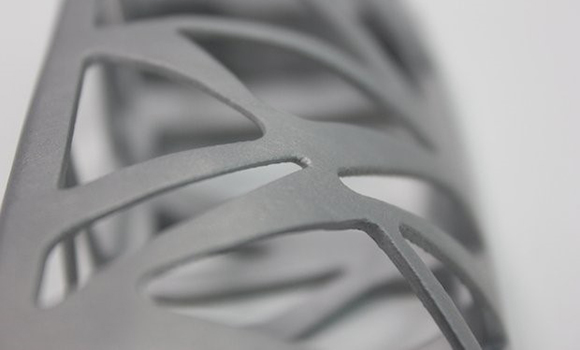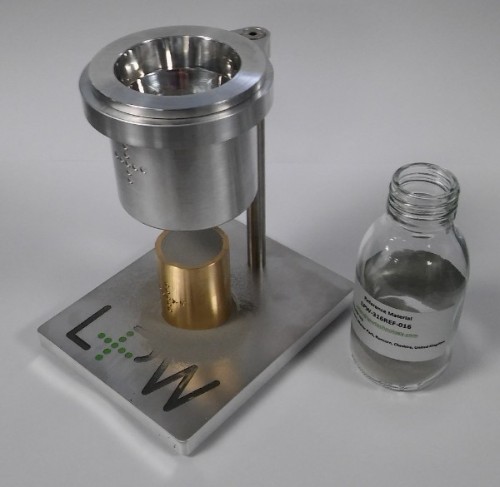LPW Technology is a company which focuses on the manufacturing, developing and processing of metal powder for additive manufacturing. LPW Technology shifting towards ‘Tap Density Testing for Metal Powders’, its benefits and process to achieve this are now explained.
It should be noticed that the company released its apparent density testing for metal powders in January. It is a method of characterising the volume occupied by a given mass of metal powder.
The datasheet can offer a helpful measure of powder consistency for comparison and assurance. LPW Technology’s specialists conduct the test themselves in the company’s laboratory but they also include the equipment in the LPW PowderFlow kit, allowing Hall and Carney flow testing, apparent and tap density test and angle of repose to be performed in the end-user’s own facility.

Tap Density Testing for Metal Powders: benefits and process
For those who may not know, tap density is “influenced by the metal powder’s particle shape and particle size distribution, among other properties”.
Lisa Holman, LPW’S Quality Engineer, further explains that such results can specify the powder’s cohesiveness which is important and this can determine the flow and affect its behaviour in the process of 3D printing.
This testing is a great tool to use when wanting to measure its consistency, when wanting to compare and have reassurance, on the way the consolidation of the powder is being carried out while in transit.
LPW Technology is no stranger when it comes to testing as they continuously undergo testing services which gives them the consistency and confidence with the additive manufacturing process.
The datasheet of a range of testing services to ASTM as standard, with ISO available on request, are available on the company’s website.
For further information about 3D Printing, follow us on our social networks and subscribe to our newsletter!
Do you want to be featured in the next issue of our digital magazine? Send us an email at contact@3dadept.com
[dg new_window=”true” columns=”3″ attachment_pg=”false” paginate=”true” ids=”10947,10004″]
//pagead2.googlesyndication.com/pagead/js/adsbygoogle.js
(adsbygoogle = window.adsbygoogle || []).push({});






